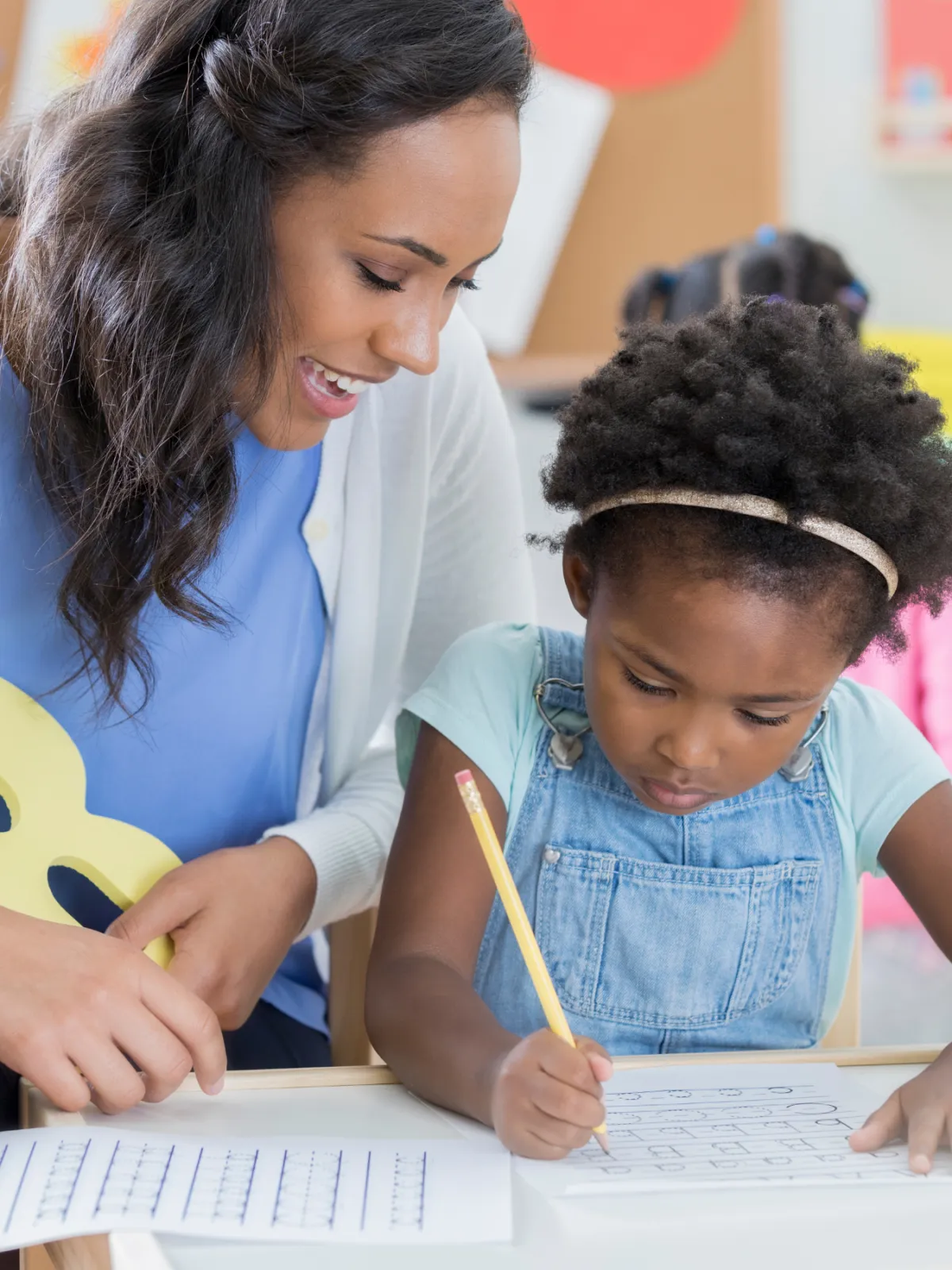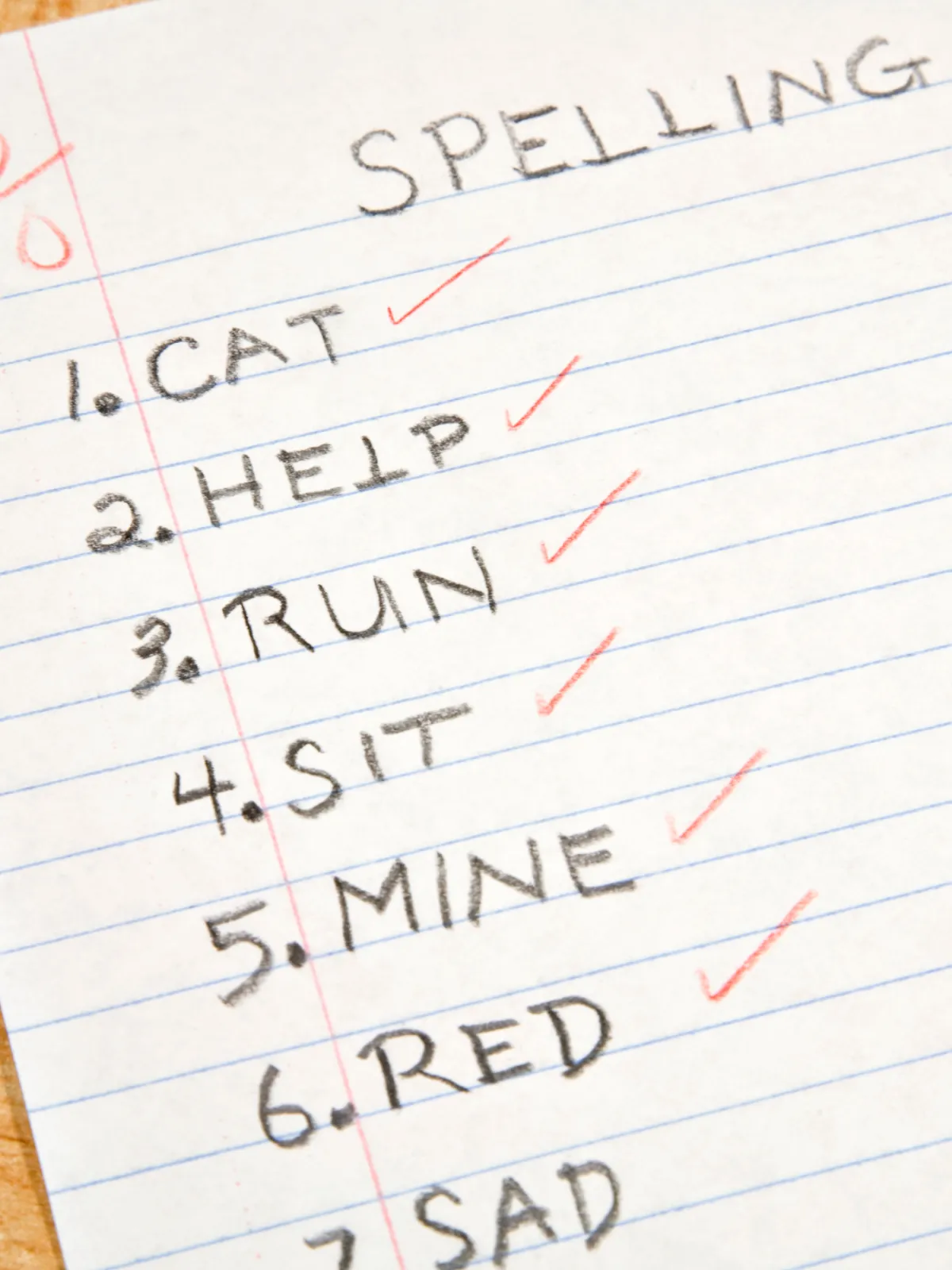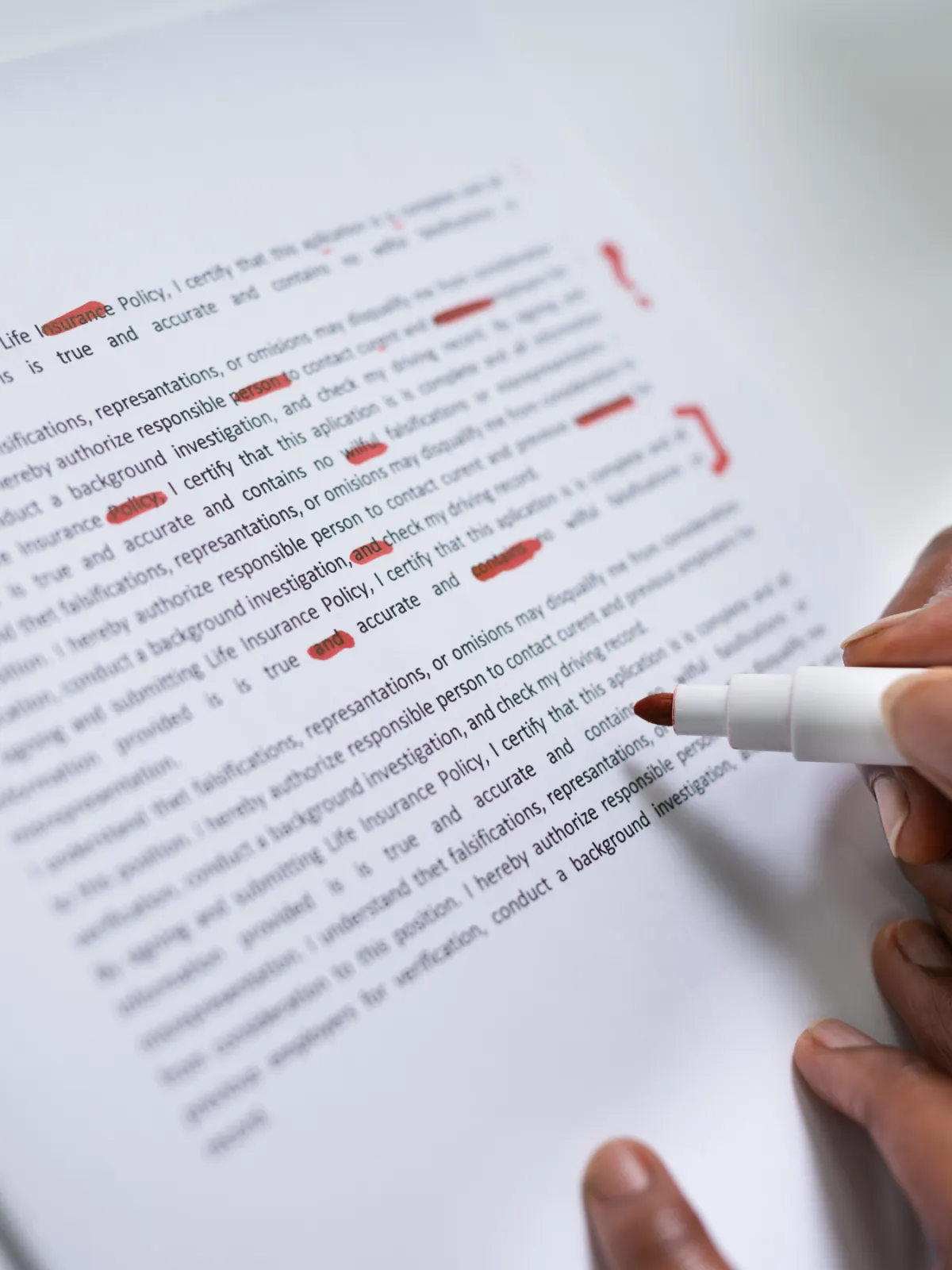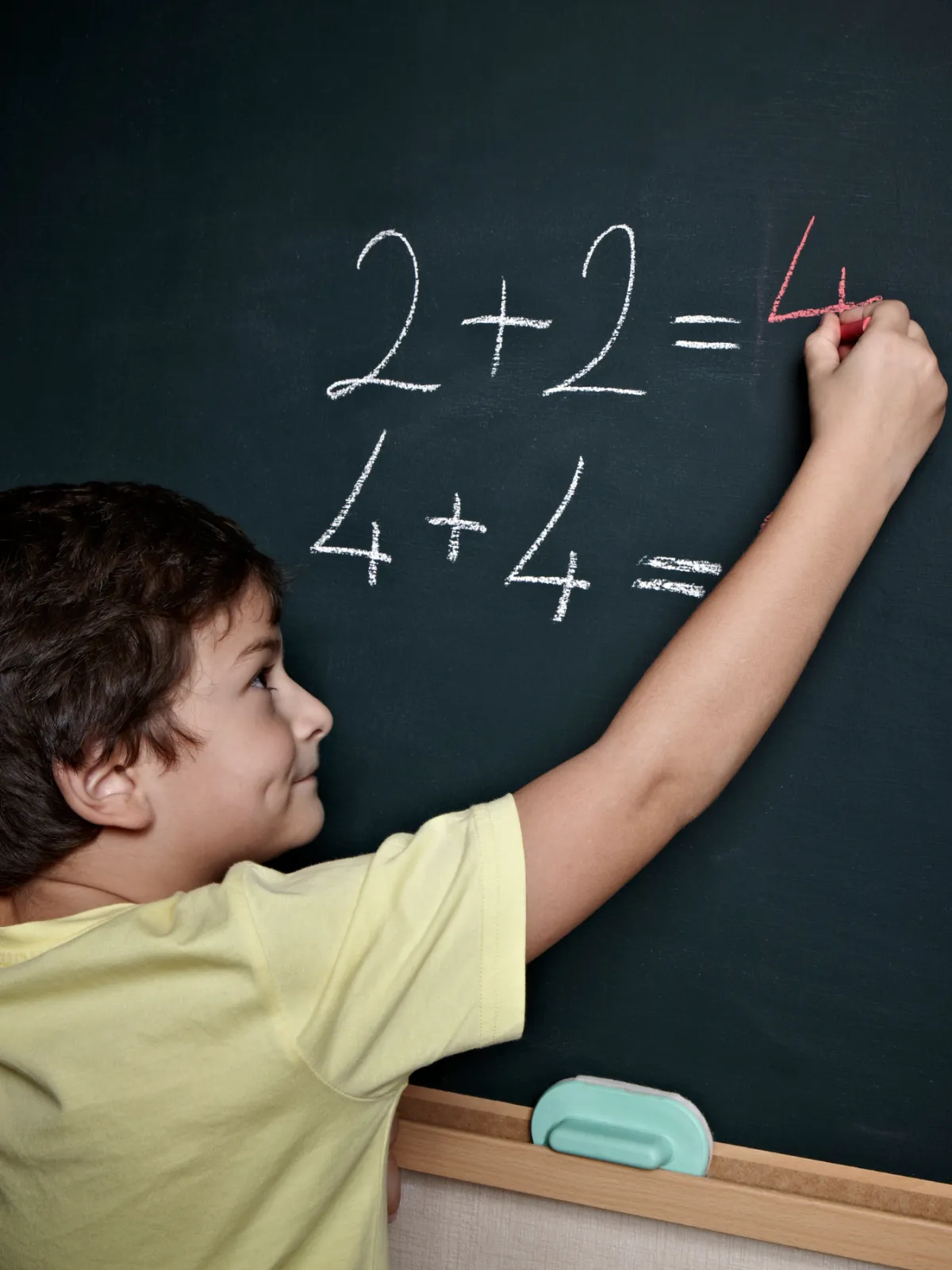visual Secrets
Handwriting
Does good handwriting make a difference?
Handwriting research points to the fact children that have acquired good penmanship skills…
Learn to read more quickly
Are able to generate ideas
Retain information more efficiently
Recent evidence shows:
That there is a unique neurocircuit created when we write creating a special way of improving word recognition.
Three areas of the brain important for reading are stimulated when we write words.
Children with better handwriting have more neural activation in areas associated with memory.
They are able to summon more creative writing topics.
The evidence clearly points to the importance of handwriting skills to student learning. If a school has decided to stop teaching handwriting skills, parents must help children learn how to use cursive correctly.
While it is true that no good data exist linking intelligence and handwriting, it is still quite important to have nice handwriting.

Attractive handwriting gives a great first impression
because those viewing the handwriting will automatically think better of one’s ability to be neat and well-organized. It is quite common for individuals who observe poor handwriting to judge a person’s intelligence and neatness based on their handwriting. When writing is difficult, composition can suffer, too. This is because the student writes shorter sentences and smaller words just so they don’t have to write as much. Poor handwriting ability can affect performance in school and other aspects of life.
Poor handwriting develops when students are asked to begin writing too young.
The ability to write easily and effortlessly requires good fine motor control and is usually developmentally present by the time girls reach nine years of age and boys reach ten years of age. In order to complete required writing assignments prior to these ages, many children must adopt habits that interfere with good penmanship. These habits can be held onto for a lifetime: so when a child is developmentally ready to write well, the bad habits interfere with the ability to display good handwriting skills.

Spelling
Why learn to spell if the computer will do it?
Common spelling errors can lead the reader to make a judgment of the intelligence of the writer, and also of his attention to detail. Spelling is one of the first assessments of one’s work that students receive upon entering school.
Students quickly learn who the “good” spellers are in their class, receiving 100 percent each time, and who the poor spellers are with red marks all over their pages. Earning 100 percent on every spelling test is possible for all students. Spelling success helps build the student’s confidence in their learning ability and gives them a positive attitude toward learning. Students who practice spelling words only to fail each week’s test learn that trying hard does not lead to success, but only to frustration.
Composition
Is it important to be a good writer?
The ability to communicate one’s thoughts into written form is a skill that is often stifled because spelling, handwriting, and grammar are emphasized at the same time.
If a student has difficulty with any of these skills they will learn that easy words and short sentences can get the job done with fewer red ink marks from the teacher. This shortcut solution suppresses creativity at an early age, and it becomes difficult to revive later on.
THE TWO MAIN CATEGORIES OF WRITING ARE CREATIVE & TECHNICAL
The good news is, there is a place in this world for both. When writing a story for scholarships or for application to a college, having creative writing skills is a huge advantage. Conversely, if you’re applying for a job, writing grants or proofreading scientific or instructional documents, technical writing skills are more helpful


Mathematics
Is it important to understand math facts?
Many professions require simple mathematical skills, from entry-level positions to high-level positions. Carpenters use math all the time to decide how long a board needs to be. They need to know where to make cuts to create the least amount of waste. Builders calculate the area of a room for such things as ceiling tiles and carpet. Retail checkout employees need to be able to understand percentages to figure out how much to discount the original price when there is a sale. Engineers, accountants, optometrists, and pharmacists are a few of many professions that require higher-level math skills. Being good at math allows the student to have a full array of opportunities when choosing a future career.
The goal of math is to solve problems; however, when we look at the problems that are being solved, we must understand that math is about measuring space in many different ways. Numbers are used to represent different amounts of space. To make this easy for learning the basics, we will only be using linear examples of math. This means that the amount of space represented by each number is the same and the distance between (or the space between) numbers is always equal.
Learning math facts is simply a memorization activity and is not really math. Automaticity is used for this memorization skill. Using numbers does not always equal the building of math concepts. To build math concepts one must understand what numbers represent and then learn how to manipulate them to measure or calculate the space they occupy.
Note that, indeed, math facts are important. They help students complete math homework in a shorter amount of time. During math tests the student can focus on the actual problem instead of taking longer to figure out a math fact. Knowing math facts also helps to do math problems in your head.
Automaticity is the ability to complete a task with minimal effort and little thought. For example, when driving to work the same way every day, you go into an automatic mode. You stop at the lights when they are red and go when they are green. When you get to work, it is difficult to remember if you stopped or not, and you remember little about the drive if it was uneventful. You drove safely in an automatic mode. Another example is when you are very good at a sport and are playing and making goals without thinking and little effort. You are playing “in the zone”, and you are using automaticity. When you learn to drive a stick shift car, each action is thought through and takes effort. After getting good at working a stick shift transmission, you do not have to think of the parts. Automaticity allows for the child to memorize math facts without effort.
Memorization of math facts helps save time when taking higher-level math classes such as algebra, geometry, and calculus. Knowing the answer to a math fact makes valuable homework time shorter. Doing math in one’s head quickly is a good skill to develop at an early age. By the time my son got to high school, he was quite good at doing math in his head. When his sister asked to borrow his calculator for algebra, He said, “I don’t have one.” Hearing this, I asked him, “You are taking tenth-grade geometry! How do you do your homework without a calculator?” His response was that he just did the calculations in his head. Today he has a Master’s degree in petroleum engineering.
READING
Does it take forever to finish reading assignments?
Successful reading involves the greatest number of visual skills. Reading ability is affected when students have underdeveloped visual skills; thus, reading is one of the more difficult academic subjects to improve.
There is a wide variety of opinions on the best way to teach students to be good readers with good comprehension. No two students are exactly alike, and one style of teaching does not work for everyone. When a student has been behind his age group in reading for several years and only one approach is used over and over with little success, it is no surprise that the student, teacher, and parents are frustrated. Some teaching techniques cause high anxiety, and a big “I hate to read” switch goes off in a student’s head every time he is required to read. To overcome this attitude toward reading, the environment, the approach, and the materials used need to be fun, exciting, and easy so the student can build confidence and feel good about reading (and about himself)
Changing the desire to read can happen at any age.
A very bright young man who did well in school disliked reading and never read for pleasure. His girlfriend wrote a novel and asked him to read it. His desire to please his girlfriend led him to read and become interested in the story. After reading her book, he began to enjoy reading for pleasure. It seems he took extra interest in what his girlfriend’s book was about. This type of interested focus helped him enjoy the experience of reading the story. Her novel had created curiosity about the plot. The outcome for him was a positive attitude while reading the story. For some students, it can take reading up to four books with the “I want to know what happens” attitude before the joy of reading takes hold and becomes automatic.

It is extremely important for a child to like what he is reading in order to create a desire to know the end of the story. Curiosity, interest and fun overcome the negative response to reading. Dull and boring topics reinforce the feeling that reading is horrible and should be avoided whenever possible. Students having difficulty learning to read are repeatedly given basic, non-interesting, easy to read material that increases the boredom.
© 2024 Brenda Montecalvo - Visual Secrets | Terms & Conditions | Privacy Policy
